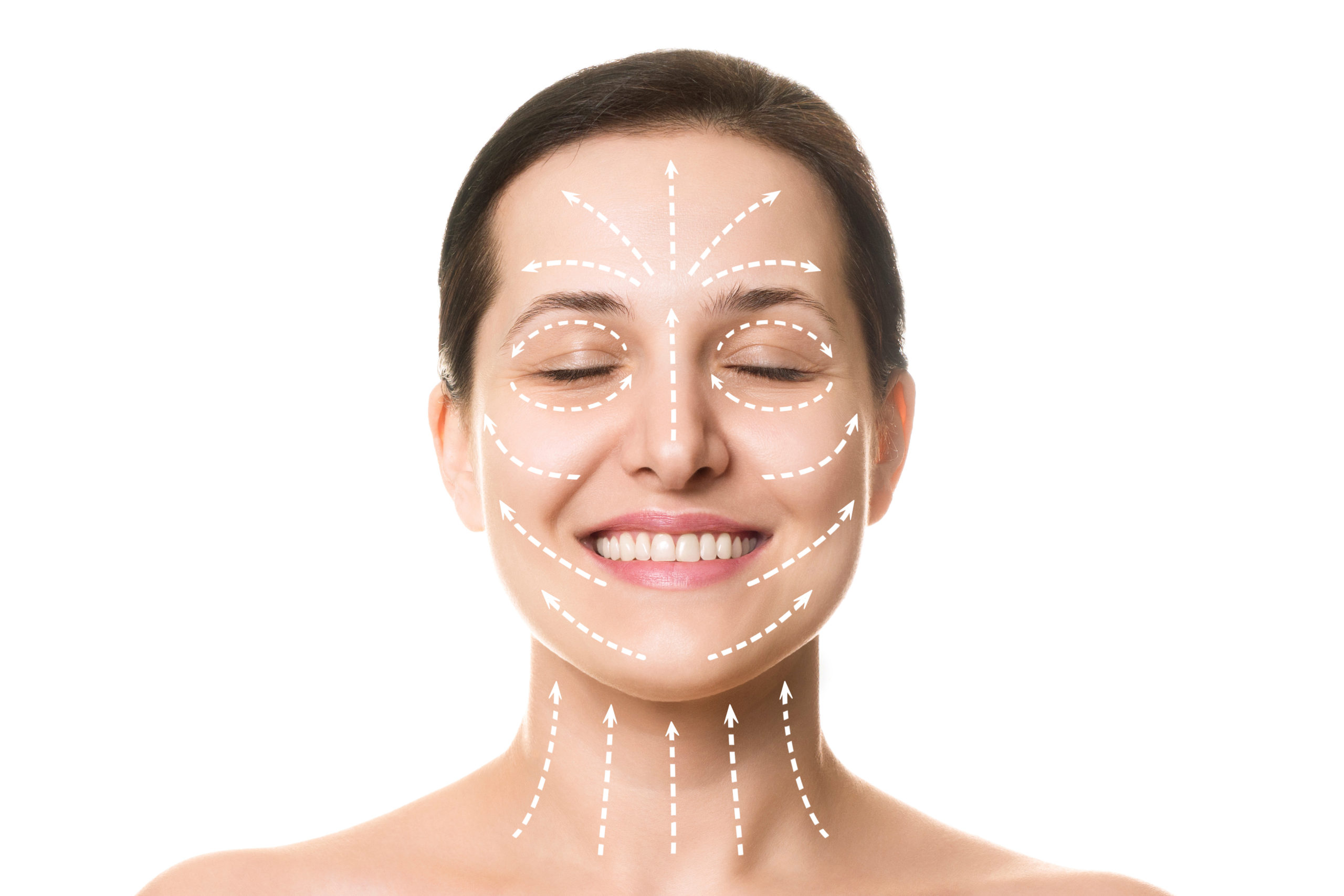The Difference Between Upper Face, Mid Face, and Lower Face Lifts
If you’ve been considering a facelift, it’s likely you’ve started doing some research. It’s also likely that you’ve realized it’s not as easy as finding a facial plastic surgeon and scheduling a surgery date. In fact, there are actually a few different types of facelifts. That’s in part because the facelift is one of the most popular procedures performed each year, and techniques to rejuvenate the face and achieve more natural results than ever are constantly evolving. Here’s what to know about three of the most common types of facelifts and how they can help your cosmetic goals.
What Are the Upper, Mid, and Lower Face?
Facial plastic surgeons generally map the face using three specific areas. These areas can require different approaches and procedures, and also experience aging and other concerns differently. The upper face generally refers to your brow, eyes, and hairline. The midface is the center of your face, like the nose, cheeks, and under eyes. Finally, the lower face includes the mouth, chin, jawline, and neck.
What Does a Facelift Do?
Most people think of the traditional facelift as an all-encompassing procedure that addresses the entire face. This isn’t actually the case – a traditional facelift actually addresses the midface. The neck lift is a more appropriate procedure for the lower face, and the brow lift for the upper face.
In each of these procedures, however, the goal is to tighten and lift the tissues of the face so they create a more youthful and rejuvenated look. This includes not just the skin, but also sometimes the underlying musculature and fatty tissue pads.
What Type of Facelift Do I Need?
This question is best answered by your board-certified facial plastic surgeon who can assess your concerns and create a customized treatment plan. However, there are some general signs that specific procedures may be right for you.
For an upper facelift (or, brow lift) sagging in the upper eyelids and a heavy appearance between the brows are usually common concerns. Brow lift patients often feel like they look more tired or angry than they actually feel.
For a midface lift (or, traditional facelift) you might be experiencing sagging or hollowness in the cheeks. Deep nasolabial folds are most often improved by this procedure as well.
Finally, you can benefit from a lower facelift (or, neck lift) if you have sagging skin or fat underneath your chin – or even looseness in the neck or jawline.
Schedule a Consultation
Whatever your facial aesthetic needs, our team can help. To schedule a consultation with Dr. Zuliani and learn more about your options, we invite you to contact our Bloomfield Hills office by calling or filling out our online form.






